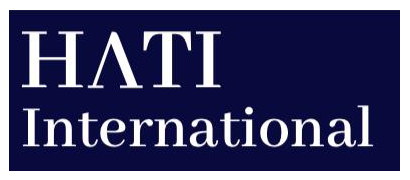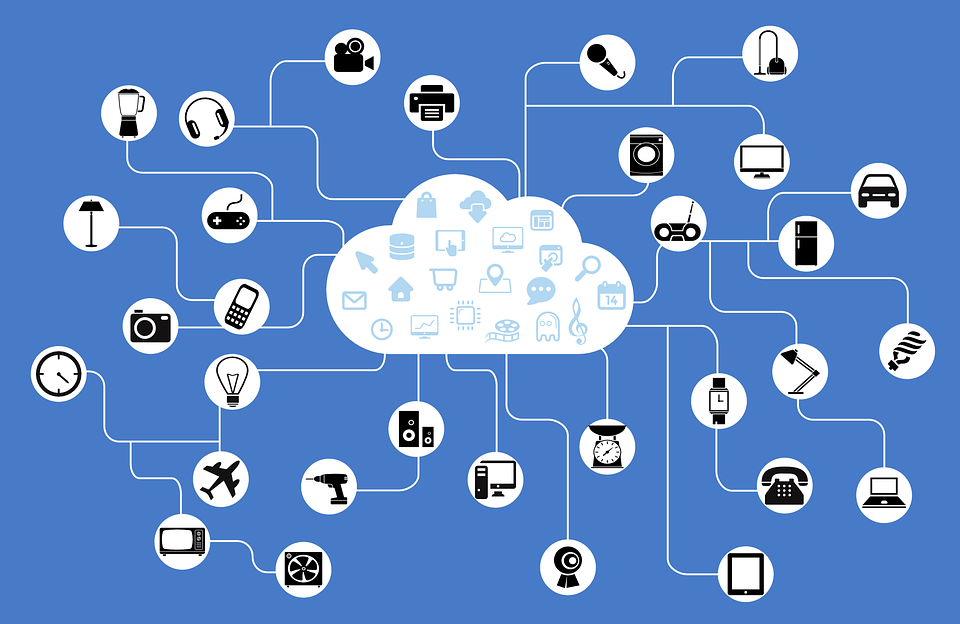Internet of Medical Things – Is It A Thing Now?
As the demand for quality and affordable health care increases, and as an aging population continues to burden the health care system, the industry is turning to the Internet of Medical Things or IoMT to transform healthcare outcomes. According to reports, the IoT healthcare market is expected to reach $136.8 billion by 2021. IoMT helps in real-time monitoring of patient health, providing practitioners with actual health data for earlier intervention. By consolidating several distinct medical devices and applications and enabling real-time machine-to-machine interaction between them, IoMT has the potential to radically transform healthcare as we know it, improving delivery, affordability, and reliability of care outcomes. From remote monitoring devices to surgical instruments, artificial limbs to MRI scanners – IoMT is enabling healthcare providers to collect and analyze data generated from myriad devices and helping them lower mounting health care costs, improve efficiency, and activate new ways of engaging and empowering patients.
Key Enablers of Internet of Medical Things (IoMT)
As technology becomes more and more advanced, the scope of IoMT is higher than ever before: RFID tags can be placed on medical equipment so the hospital staff can have an accurate estimate of the inventory. Wearables can be used to remotely monitor patients with chronic or long-term conditions in their homes, as well as track medication in real-time – without them having to travel to a hospital or physician’s office whenever they have a medical question or change in their condition – the possibilities are endless.
Here are the top five enablers of IoMT:
- Advances in technology:One of the key enablers for IoMT adoption is the rate at which technology is advancing. From high-speed Internet expansion to highly capable mobile phone capabilities, improved accessibility of wearable devices to decreasing costs of sensor technology, innovations in medical technology to the modernization of Artificial Intelligence and Augmented Reality – a combination of all these factors are contributing in a big way to the growth of IoMT.
- Rise in connected devices: As more and more healthcare organizations bring in connected medical devices into the care cycle, they are able to consolidate disparate sets of data that sit within their organization and act upon them to drive both clinical and operational value. With 3.7 million medical devices in use today, IoMT is enabling healthcare providers to improve the understanding of patient needs and deliver more proactive cost-effective care.
- The need for real-time insight: With patients expecting high-quality care, connected devices are providing doctors with much-needed insight into patients’ condition as well as helping them improve the effectiveness of diagnosis and treatment. IoMT enables healthcare providers to quantify, contextualize, and communicate data generated on a patient’s condition and provide solutions that deliver value to both the patient and provider.
- Applying advanced analytics for better decision-making: Mining, managing, and analyzing a vast array of data is a critical factor driving IoMT. When advanced analytics is applied to this data, the insights generated help providers to enhance the quality of decision-making and improve patient satisfaction and health while simultaneously reducing costs.
- Delivering value-based care: Healthcare organizations are increasingly utilizing the sophistication of connected medical devices to develop service-orientated solutions that form the foundation of value-based care. IoMT is helping organizations improve patient outcomes and reduce health care costs, and transform care models.
Key Challenges Impacting IoMT Adoption
Although IoMT is poised to increase operational efficiency, and revolutionize care outcomes, the path to IoMT implementation is susceptible to several challenges that impact IoMT adoption:
- Rigid operating models: The hallmark of successful IoMT implementation is based on innovation; this requires healthcare organizations to re-evaluate and re-design their operating models in order to leverage all the benefits. However, organizations with rigid business structures and operating models often fail at implementing an enterprise-wide IoMT solution and are not able to reap benefits as intended.
- Legacy systems: An essential premise for IoMT is interoperability. For IoMT to work effectively, legacy systems need to give way to open platforms, that work on open data standards. It is only when systems are highly interoperable that providers and technology vendors can come together to make data more easily available to each another and make the most of IoMT.
- Securitychallenges: The increasing numbers and capability of connected medical devices present additional risks for data security. Since the scale and cost of breaches are often significant and far-reaching, IoMT initiatives move at snail’s pace and often die a slow death. As security concerns increase, it also becomes extremely important for healthcare providers to demonstrate clearly to patients how their health data is being used to improve care outcomes.
- Regulatory landscape: The healthcare industry is one the most highly regulated ones, with organizations having to adhere to strict compliance and regulatory requirements. Managing the range of regulatory change occurring is imperative for the success of the IoMT; however, the process is time-consuming and requires organizations to constantly put in efforts to meet the ever-growing list of regulations.
- Ensuring scale: Akey challenge for IoMT adoption is for healthcare organizations, clinicians and patients to understand the added-value of connected medical devices and use them at scale to drive better economics and patient outcomes. While many healthcare providers might implement IoMT at a small scale to meet their current needs, they often fail to ensure scalability of the solution and hence, in the long run, fail to meet the intended ROI.
IoMT is the way forward
With life expectancy increasing, and with 1.2 of the 8 billion people expected to be elderly by 2025, the demands from the healthcare system is growing at an unprecedented rate. IoMT, through all its benefits, has the capability to promote personalized care and higher standards of living through individual data-driven treatment regimens as well as optimized devices tailored to individual requirements.Since IoMT concepts can be conceptualized across a range of devices including smart wearables, home-use medical devices, and mobile healthcare applications,they enable healthcare practitioners to carry out real-time health tracking and intervention through patient-centric care models and evidence-based diagnosis and treatment.




